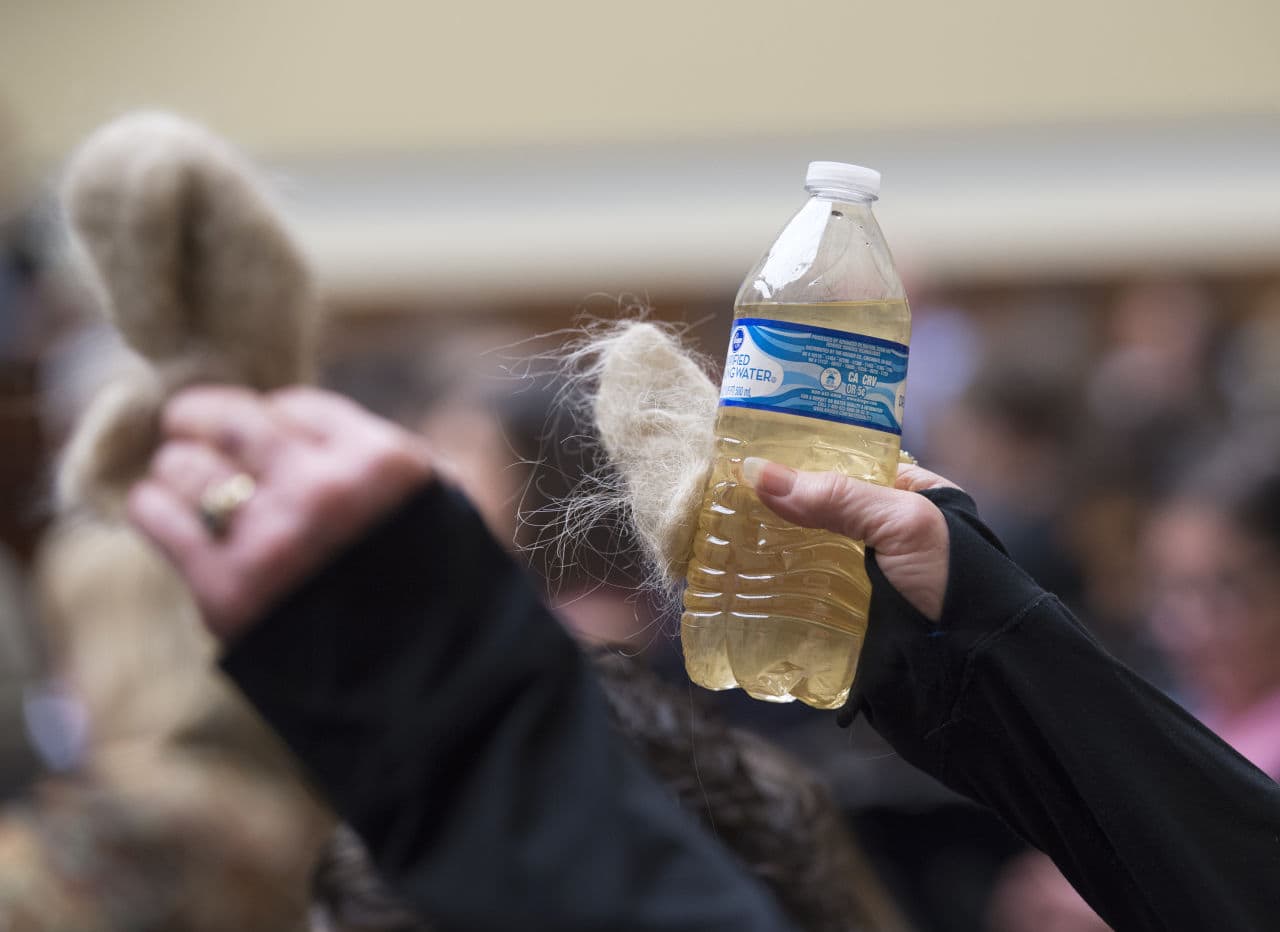Advertisement
Lessons From Flint’s Water Crisis

“Water is a human right” proclaimed the girl’s sign as she stood outside of Flint City Hall on a hot July day. Protesting alongside other children and their families, she knew that something was wrong with the water — but it would take many more months before the officials responsible would acknowledge widespread lead poisoning. The Flint water crisis has stunned the nation because residents were told that the water was safe when it was not. As a lawyer focused on equitable water access, I am appalled that the problem occurred and then was ignored for so long. As a new mother, I can only imagine those parents’ horror when they realized that they had exposed their children to an invisible poison with every drink of water or bath.
Municipal water service is so essential for public health -- and for life itself -- that it should not be treated as merely another budget line-item.
Municipal water service is so essential for public health — and for life itself — that it should not be treated as merely another budget line-item. Flint residents have invoked the language of human rights because having access to clean water is so fundamental. They have joined people from around the globe — from Bolivia to Tanzania to India — in demanding that their access to this vital resource be protected.
In 2010, the U.N. General Assembly and Human Rights Council issued resolutions recognizing a human right to safe drinking water and sanitation. Although the United States never ratified the relevant treaty and abstained from that General Assembly vote, we ought to pay attention. International law entitles everyone access to sufficient quantities of safe and affordable water for personal and domestic uses, providing a normative standard against which we can evaluate our own laws and regulations. Judged against these criteria, our laws fall short.

The calamity in Flint could be viewed as an isolated incident caused by incompetent bureaucrats who violated the Safe Drinking Water Act. Flint would not be facing a lead-poisoning epidemic if it had followed appropriate treatment standards to prevent lead in old pipes and plumbing from leaching into the water, if the Michigan Department of Environmental Quality had conducted proper monitoring, and if the Environmental Protection Agency had adequately exercised its oversight powers. In contrast, for example, the Massachusetts Water Resources Authority altered the chemistry in our water two decades ago to make it less corrosive because some homes in our region still have lead service pipes and plumbing. (In 2015, the MWRA found that 97.5 percent of high-risk homes had lead levels equal to or below the national standard.)
However, the underlying question is: Why was Flint in a position where it was acceptable to prioritize budget goals over public health? It is almost as if the responsible officials turned a blind eye to the water problems because they believed they had no other choice under austerity measures. This poor and predominantly African-American city was told it could not afford the high-quality but more expensive water it had historically purchased from Detroit. The sad irony is that millions more will be spent trying to repair the damage — and for the children of Flint, much of that damage will be irreparable.
Advertisement
We need to create a financial safety net so that municipalities faced with slash-and-burn budgeting are not forced to compromise the health and welfare of their citizens.
The Flint crisis should not be viewed as an isolated occurrence because a growing number of U.S. cities have engaged in what Professor Michelle Anderson describes as “slash-and-burn budgeting.” In “The New Minimal Cities,” a 2014 Yale Law Journal article, Anderson examines the critical question here: Is there a point at which a city should no longer cut public services and sell off assets, even in the face of unmet obligations to creditors? If we are to learn anything from Flint, the answer should be yes, there is a minimum standard. That is why people call water a human right.
Moreover, Flint’s unwise decision to use the Flint River was fueled in part by Detroit’s own financial distress. The Detroit utility had engaged in risky financing activities that flopped. As a result, it increased the rates charged to Flint and also cut off essential water service to more than 50,000 Detroit households, causing another public health crisis. While the officials responsible in Flint must be held accountable, we cannot ignore the circumstances that preceded the lead epidemic.

Let’s face it: Talking about underground pipes and infrastructure is not sexy. Out of sight, out of mind makes it easy to ignore our nation’s old and crumbling water and wastewater infrastructure. Although water is a natural resource that falls from the sky, it costs money to treat it and pipe it to our homes. More federal and state funding is critical to helping cities provide this vital service and enabling residents to replace lead service lines and plumbing. We need to create a financial safety net so that municipalities faced with slash-and-burn budgeting are not forced to compromise the health and welfare of their citizens. We must draw a line in the proverbial sand and not cross it.
Flint is a cautionary reminder of just how essential water is for life. The children of Flint who were poisoned by lead will never forget this — and let’s make sure that we do not either.
Sharmila L. Murthy has a forthcoming law review article on the Detroit water shut-offs called “A New Constitutive Commitment to Water.” Previously, she co-founded the Human Rights to Water and Sanitation Program at Harvard Kennedy School’s Carr Center for Human Rights Policy.
